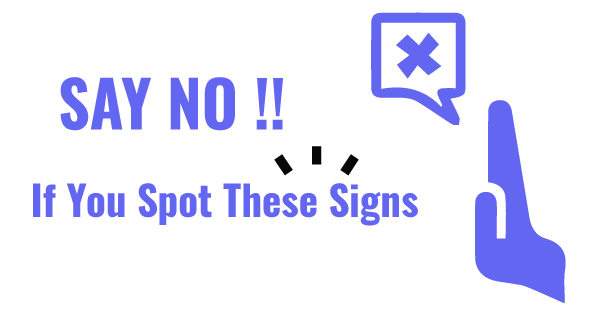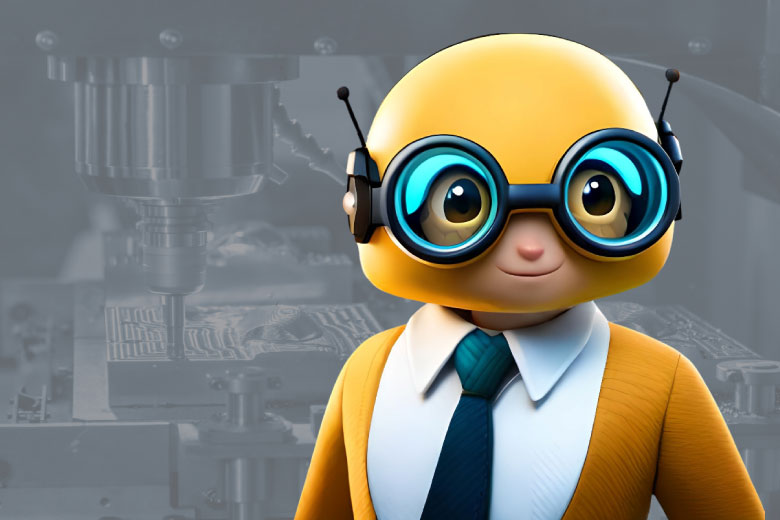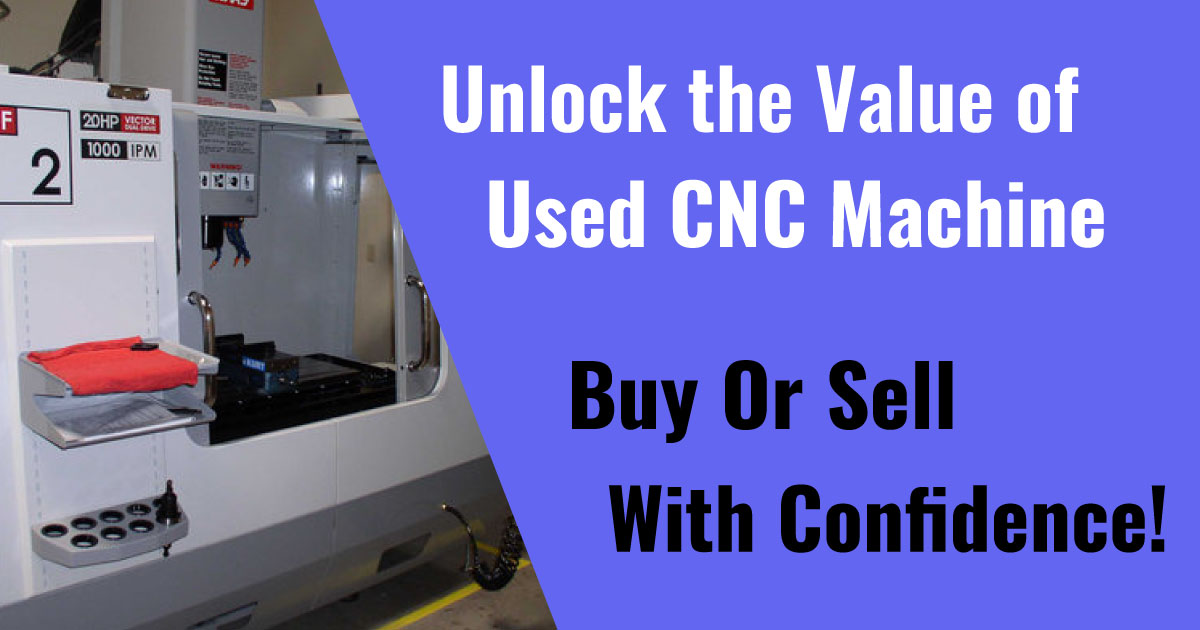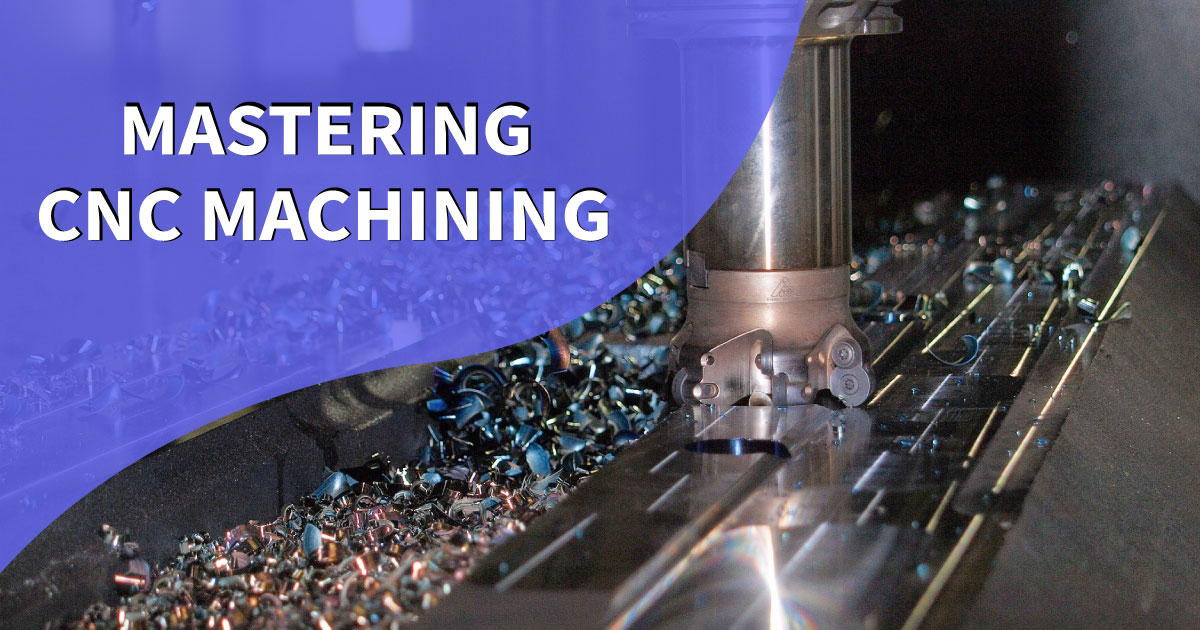If you're considering purchasing a used CNC machine, it's essential to take certain precautions to ensure that you make a wise investment. Although buying a used CNC machine can save you a considerable amount of money compared to purchasing a brand new one, it can also come with its fair share of risks.
Without proper inspection and consideration, you could end up with a machine that doesn't meet your needs, has hidden damages or requires significant repair costs. To help you make an informed decision, we've created a comprehensive checklist that covers everything you should consider before purchasing a used CNC machine.
Essential Checklist for Buying a Used CNC Machine
Following this checklist will help you avoid costly mistakes and find a reliable machine that meets your manufacturing needs.
Check the machine's overall condition:
Inspect the machine thoroughly to make sure it's in good condition. Take a look for signs of wear and tear, rust, and damage to the machine's structure and evaluate the overall cleanliness of the machine.
Evaluate the machine's maintenance history:
Request the machine's maintenance records to see how well the machine has been maintained over time. A well-maintained machine is less likely to have issues in the future. The maintenance history will give insight into how well the machine was maintained by the previous owner, and it can help identify any potential issues or areas of concern.
Look for records of routine maintenance such as oil changes, filter replacements, and other preventative maintenance. Also, check if any major repairs or replacements were made to the machine and if they were done by a qualified technician. A comprehensive maintenance history will help you make an informed decision about the machine's overall condition and its suitability for your manufacturing needs.
Check the machine's electrical system:
When evaluating a CNC machine's electrical system, some of the key components to check include the drive system, motors, cabinet, wiring, and overall electrical components. It's crucial to ensure that all electrical components are in good condition, without any damage or signs of wear and tear, and that all connections are secure. In addition, make sure the machine's electrical system is compatible with your facility's power supply and that it meets the required voltage and current requirements.
Inspect the machine's hydraulic and coolant system:
CNC machines often have hydraulic systems that power the machine's axis movements. Inspect the machine's hydraulic system, including checking the oil level, looking for leaks, and assessing the overall condition of the system. The coolant system is responsible for dissipating heat and extending tool life. Inspect the machine's coolant system, including the coolant pump and coolant tank.
Evaluate the machine's software and control panel:
It's important to consider whether the operator of the machine will require training on the software and control panel, especially if they're unfamiliar with the system. If the software and control panel are different from what the operator is used to, it may take some time for them to adjust and learn how to operate the machine effectively. Therefore, it's crucial to factor in the cost and time for software and control panel training, which may affect the overall cost and timeline of the purchase.
Inspect the machine's way covers:
Telescopic way covers protect the machine's ways and ballscrews from dust and debris. Inspect the machine's way covers to make sure they're in good condition and functioning properly.
Check spindle taper, spindle power, and run out:
Check the spindle taper's compatibility with your existing tooling to avoid mismatched tooling that can result in poor cutting performance or a further increase in cost. Assess the spindle power based on your existing job requirements to ensure that the machine can handle the types of materials and operations you require.
It's important to ensure that the spindle runout is within acceptable limits, as excessive runout can cause the cutting tool to vibrate, resulting in poor surface finishes, tool wear, and even damage to the machine.
Evaluate the machine's tool changer:
Evaluate the tool changer's capacity to ensure that it can hold the number of tools required for your manufacturing needs. Inspect the tool changer's condition for signs of wear and tear, such as rust or damage to the carousel tracks. Test the tool changer's operation by running a complete tool change cycle and listening for any abnormal sounds. Finally, check the tool changer's compatibility with your existing tooling and cutting tools to avoid poor performance or damage to the machine.
Check the machine's ballscrews:
Ballscrews are essential components that translate rotary motion into linear motion and are used in the machine's axes to move the cutting tool along the desired path. A worn or damaged ballscrew can lead to reduced accuracy, increased backlash, and shortened machine life. To evaluate the ballscrews, check for any signs of wear or damage, such as rust, pitting, or scratches.
Evaluate the machine's accuracy:
To evaluate accuracy and repeatability, you should perform a test cut using the machine's cutting tool and a test piece of material. After the test cut is complete, measure the dimensions of the cut and compare them to the desired specifications. Repeat the test cut multiple times to evaluate the machine's repeatability.
Additionally, you should inspect the machine's linear encoders, which provide feedback to the control system about the position of the machine's axes. Any damage or wear to the encoders can lead to inaccuracies in the machine's positioning and affect the overall accuracy and repeatability of the machine.
Consider the machine's price and value:
Finally, Consider the machine's price and overall value. Compare the machine's price to its condition, accuracy, and features to determine if it's a good investment. Also consider the machine's potential resale value if I decide to upgrade in the future.
Red Flags: Don't Buy a Used CNC Machine If You Spot These Warning Signs

Major damage to the machine's structural components or spindle
Significant wear on the machine's ways or ball screws
Excessive spindle runout or way alignment issues
Non-functioning or malfunctioning control system
Poor accuracy or repeatability
Signs of improper maintenance, such as neglected lubrication or coolant systems
Incompatible software or outdated control systems that cannot be upgraded
The machine is missing essential components or accessories
Evidence of previous crashes or accidents that could have caused hidden damage
The cost of repairs or upgrades required to bring the machine up to standard exceeds the cost of buying a new machine.
Seal the Deal: Negotiating the Purchase of a Used CNC Machine After Comprehensive Inspection
Once you have thoroughly inspected a used CNC machine and are satisfied with its condition, it's time to negotiate the purchase with the seller. Be prepared to negotiate, as the seller may be willing to come down on the price based on any issues you have identified during the inspection.
Before starting negotiations, research the fair market value of the machine to have a better understanding of what a reasonable price should be. Consider any additional costs, such as shipping or installation, that may affect the overall cost.
When negotiating, be polite but firm. Point out any issues or concerns you have with the machine and use them to your advantage in the negotiation. If the seller is not willing to budge on price, ask if they can include any additional items or services in the sale, such as tooling or training.
Once an agreement is reached, make sure to get everything in writing and have a clear understanding of payment terms and delivery logistics. By negotiating a fair price for a used CNC machine, you can save money and ensure that you are getting a machine that meets your production needs.
Optimizing Production: Creating a Plan for Using Your Newly Acquired Used CNC Machine
Congratulations on your purchase of a used CNC machine! Now that you have acquired this valuable tool, it's time to start planning for how to integrate it into your production process.
First, consider your production goals and how the new machine can help you achieve them. Evaluate the capabilities of the machine and identify which jobs it can handle best. Take into account factors such as cutting speed, precision, and tooling requirements.
Develop a preventive maintenance plan:
Based on the machine's service history and manufacturer's recommendations, I would develop a preventive maintenance plan that outlines the tasks and frequency of maintenance tasks required to keep the machine in good working condition.
Train operators:
Proper operator training is essential for safe and efficient machine operation, so I would ensure that your operators are properly trained on the machine's operation, maintenance, and safety procedures.
Monitor performance:
Regularly monitoring the machine's performance can help identify potential issues early and prevent downtime. I would monitor the machine's performance, including cycle times, tool life, and accuracy, and address any issues promptly.
Maintain good communication with the machine supplier:
If there are any issues or concerns with the machine, it's important to maintain good communication with the machine supplier to ensure that any problems are addressed promptly and efficiently.
By following these steps, I can ensure that the used CNC machine I have purchased continues to operate reliably and efficiently and delivers a good return on investment.




